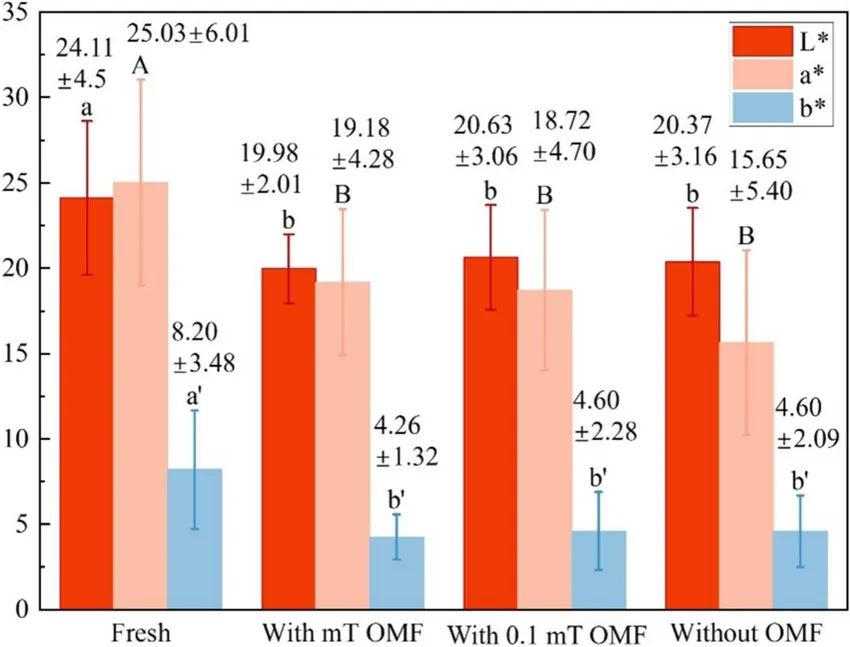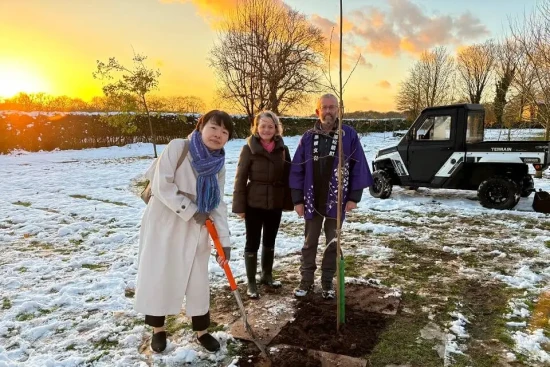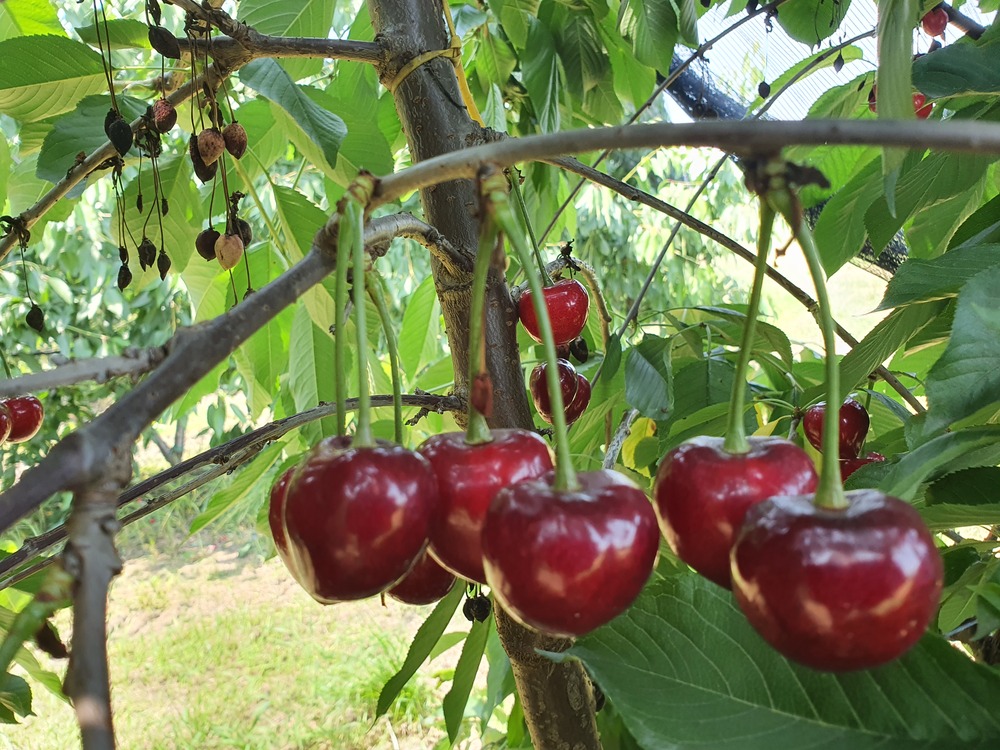In a recent study, Chinese researchers tested the use of oscillating magnetic fields to promote the supercooling of cherries, with the goal of improving their preservation without the typical damage caused by freezing.
Supercooling consists of maintaining food at temperatures below 0 °C without the formation of ice crystals. This technique, by enabling lower storage temperatures, inhibits bacterial growth and reproduction and slows down intracellular metabolism.
As a result, it allows for the extension of the shelf life of fresh produce, especially those that are particularly delicate, such as cherries, which tend to dehydrate, lose firmness, and degrade nutritionally.
Comparison of magnetic field intensities
In the study, the researchers compared the effects of two intensities of 50 Hz oscillating magnetic fields: a low-intensity field (~0.6 mT) and a higher-intensity field (~6 mT), both applied for 24 hours to cherries kept at −4 °C.
The control group did not receive any magnetic treatment. The results showed that with the 6 mT field, all cherries maintained a supercooled state, completely avoiding ice formation.
 Figure 1. Schematic diagram of the experiment setup: (a) Overall system; (b) Test point of magnetic energy density and thermal couple.
Figure 1. Schematic diagram of the experiment setup: (a) Overall system; (b) Test point of magnetic energy density and thermal couple.
In contrast, with the 0.6 mT field, only 60% of the samples avoided freezing, while in the control group all cherries froze. These data clearly demonstrate a positive correlation between magnetic field intensity and the ability to maintain supercooling.
Theoretical explanation of the effect
From a theoretical standpoint, the effect can be explained at both macroscopic and molecular levels. Thermodynamically, applying a magnetic field increases the Gibbs free energy of the water contained in plant tissues, making spontaneous ice crystal formation more difficult.
At the molecular level, the magnetic field weakens the hydrogen bonds within clusters of water molecules, reducing their size. Smaller clusters struggle to reach the critical radius required for ice nucleation, thereby slowing down or completely preventing the crystallization process.
 Figure 2. The weight loss with and without OMF (Weight loss at 0.1 mT level was only counted for the samples that realized the supercooling effect. Data are presented as the mean ± standard deviation of the analyzed samples, with lowercase letters indicating significant differences compared to fresh samples (p < 0.05).
Figure 2. The weight loss with and without OMF (Weight loss at 0.1 mT level was only counted for the samples that realized the supercooling effect. Data are presented as the mean ± standard deviation of the analyzed samples, with lowercase letters indicating significant differences compared to fresh samples (p < 0.05).
This dual effect explains why supercooling is more stable when an adequately strong magnetic field is applied.
Impact on fruit quality
In terms of quality, the results are equally interesting: cherries maintained in a supercooled state with the magnetic field showed only 1.3% weight loss, compared to 4.85% in the frozen control group, a reduction of 73.2%.
This suggests lower dehydration, likely due to better preservation of cell integrity and reduced metabolic activity at low temperatures.
 Figure 3. Changes in color after different treatment (Color change at 0.1 mT level was only counted for the samples that realized the supercooling effect).
Figure 3. Changes in color after different treatment (Color change at 0.1 mT level was only counted for the samples that realized the supercooling effect).
The hardness of the supercooled samples remained similar to that of fresh fruit, while frozen control samples exhibited a significant loss of texture, due to the formation of ice crystals that rupture cellular membranes.
As for color, no significant differences were observed between the groups, likely because the skin protected the pulp from oxidative reactions.
Conclusions and future applications
This study demonstrates that magnetic-field-assisted supercooling is an effective strategy to extend cherries shelf life while preserving their quality.
Furthermore, identifying the minimum effective intensity (6 mT in this case) is crucial to making this technique more sustainable, as it allows for reduced energy consumption and makes industrial-scale application more accessible.
While the study focused on cherries, the approach could be extended to other fruits with similar characteristics.
Source: Huang, M., Kong, F., Tian, C., Leng, D., Zou, H., & Tang, M. (2025). Effects of Oscillating Magnetic Fields of Different Level of Intensity Magnitudes on Supercooling of Cherries. Food Biophysics, 20(1), 1-11. https://doi.org/10.1007/s11483-024-09914-x
Source images: Huang et al., 2024; SL Fruit Service
Andrea Giovannini
University of Bologna (ITA)
Cherry Times - All rights reserved













